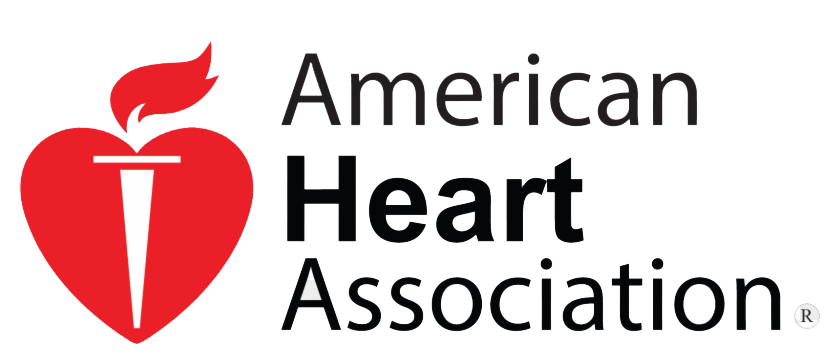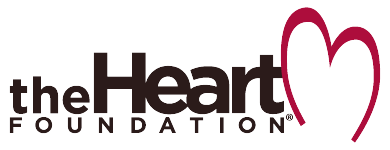Heart
What is the Heart?
Your heart plays a vitally important role in your overall health. This organ (the size of a large fist) beats around 115,000 times each day, pumping about 2,000 gallons of blood through the body. This ensures that the organs and tissues throughout your body have the essential oxygen they need to function.
Heart Disease Facts
According to the Centers for Disease Control (CDC), heart disease is the leading cause of death for both men and women in the United States. In fact, one person dies every 34 seconds in the United States from cardiovascular disease. About 697,000 people in the United States died from heart disease in 2020—that’s 1 in every 5 deaths. Coronary heart disease is the most common type of heart disease, killing 382,820 people in 2020. Every year, about 805,000 people in the United States have a heart attack. Of these, 605,000 are a first heart attack. According to the U.S. Health Resources and Services Administration, there were 3,817 heart transplants performed in 2021; while 3,502 individuals were on a waiting list for a new heart.

About 697,000 people in the United States died
from heart disease in 2020
That’s 1 in every 5 deaths
There were 3,817 heart transplants performed in 2021
While 3,502 individuals were on a
waiting list for a new heart
What is heart failure?
Heart failure means the Heart is losing the ability to function or is no longer functioning. It is a progressive disease which means the heart will continue to lose function over time. Depending on the specific condition, heart failure can develop slowly (chronic) or rapidly (acute). Here are the 3 different types of heart failure:
Left-sided heart failure
Left-sided heart failure involves the left ventricle (bottom left chamber of the heart). When the left ventricle doesn’t pump enough blood, it backs up in the blood vessels that carry blood away from the lungs. This type of heart failure is often associated with breathing symptoms.
Right-sided heart failure
Right-sided heart failure involves the right ventricle (bottom right chamber of the heart). When the right ventricle is not functioning correctly, then blood backs up in the blood vessels that carry blood from the rest of the body back to the heart. This can often lead to swelling.
Biventricular heart failure
Biventricular heart failure is a combination of left-sided and right-sided heart failure. It involves both sides of the heart, and can cause a mix of both types of symptoms.
Treatments for Heart Failure
Medication and Diet: Chronic heart failure develops slowly and can be managed by trained heart failure physician with medications and diet modifications to help alleviate symptoms and slow the progression of the disease. However, patients will likely progress to end-stage heart failure where the options are more limited.
Heart Assist Device: Acute heart failure develops rapidly, and requires immediate intervention using devices, such as ECMO (Heart-Lung machine) or a VAD (ventricular assist device), to maintain cardiovascular function. These therapies are intended to stabilize the patient for a limited period of time until they can be evaluated for a potential transplant. However, those who don’t qualify for a transplant can potentially remain on a heart assist device for the remainder of their lifetime. This is known as “destination therapy”.
Heart Allotransplantation: (transplant from a human donor) is the best option for long term survival. Traditionally, heart allotransplantation is not a solution for everyone, and some patients may not qualify for this life-saving therapy. If you are fortunate enough qualify for transplant, you will be placed on a waiting list until a human organ becomes available. This wait time can range from months to years depending on the severity of the condition. Unfortunately, some patients do not survive long enough for a human donor organ to become available.
Heart Xenotransplantation: Doctors believe that xenotransplantation (transplant from a non-human species) can be used either as a “bridge” to supplant the patient’s heart function until a human donor organ becomes available, or it may replace allotransplantation from human donors entirely. The pig is the species of choice due to its similar genetics, and its reproductive efficiency. More testing is needed to determine the long term risk/benefit profile, but genetic engineering has generated some promising results thus far.
Heart Disease Resources
Please visit these organizations for more information on heart disease and how to become an organ donor:



